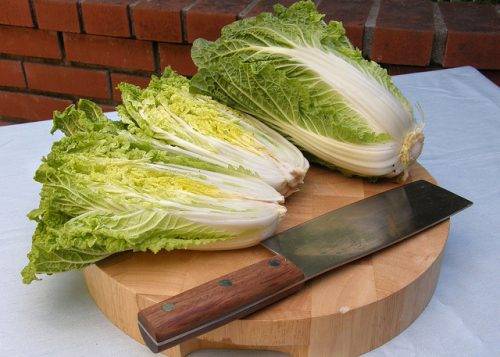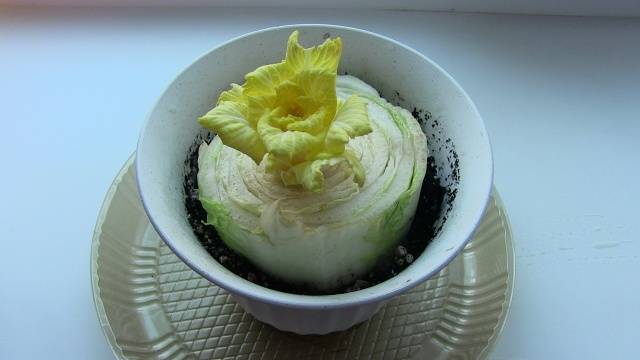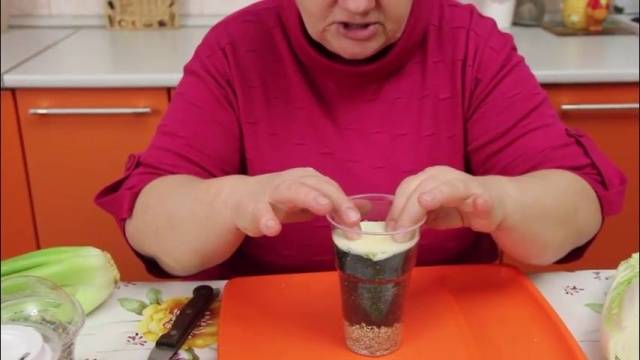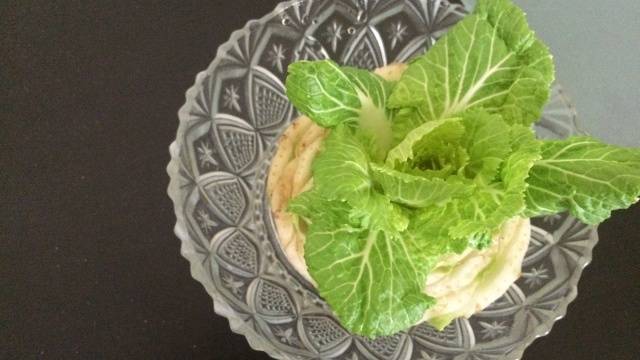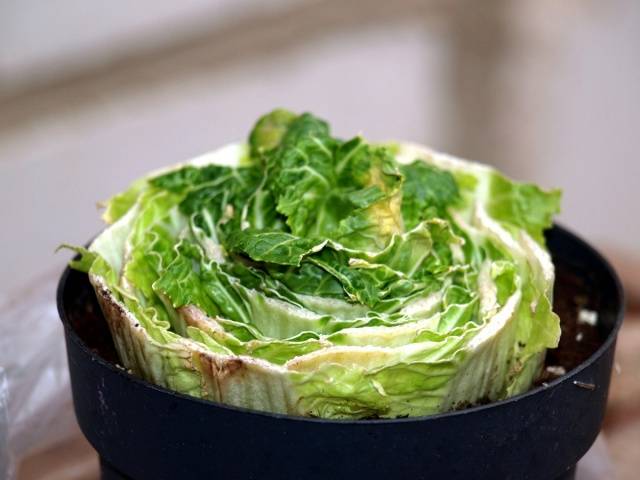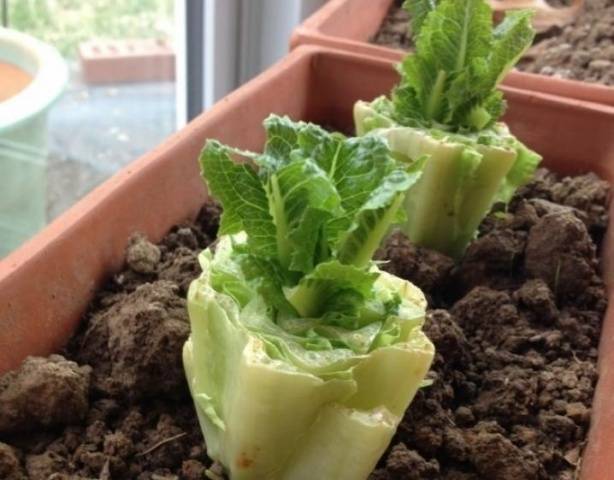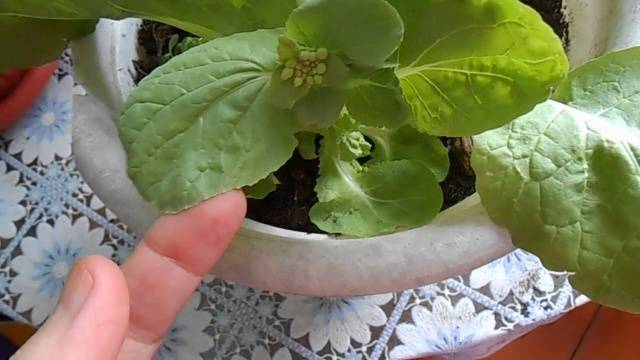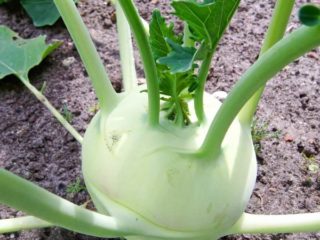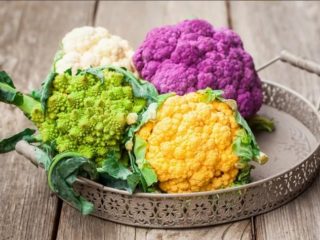Content
In recent years, urban residents have developed a fashionable hobby - the cultivation of various green crops on the windowsill. We must frankly admit that this activity can cause a lot of unnecessary trouble, but at the same time it brings incomparable pleasure from contemplating the appearance of a new life in your eyes in the form of green sprouts. In addition, adding fresh greenery, besides grown with their own hands at home, without unknown additives, not only adds strength and energy, but can also solve some health problems.
Since ancient times, cabbage has been one of the most popular crops in Russia. And if the cultivation of white cabbage at home is difficult due to some of its biological characteristics, then there are varieties of cabbage, which, if desired, it is quite possible to create relatively favorable conditions for growth. One of these crops is Chinese cabbage. She has appeared on the Russian market for a long time and managed to enter the circle of the most popular vegetables for year-round consumption.
Chinese cabbage - what is it
Among the wide variety of the cabbage family, there are two species, which are native to East Asia, or rather, China. These are Chinese cabbage and Chinese cabbage. These varieties are sometimes confused with each other, although even outwardly they are very different. Chinese cabbage ("pak-choi") does not form a head of cabbage - it is a purely leafy species. And those dense, oval-elongated heads of cabbage, which in recent years can be found on the shelves of almost any vegetable department in stores, and there are representatives of Peking cabbage or "petsai", as the Chinese themselves call it.
Peking cabbage is consumed mainly in the form of salads, although it is also delicious boiled and stewed.
Its leaves contain twice as much protein as a white-headed relative. It is also rich in calcium, potassium, iron and a variety of vitamins. Regular consumption is especially beneficial for stomach ulcers and cardiovascular diseases.
Growing technology from stump
It is interesting that Peking cabbage is such a life-loving plant that it can please with an additional harvest from a ready-made head of cabbage. How can you grow Peking cabbage from a stump? The technology for this process is quite simple. If you take the matter seriously, then you need to prepare the following:
- Sufficiently deep conical container. Any bowl is ideal. Its dimensions should be such that the bottom of the cabbage head is placed in the upper wide part of it.
- A light but nutritious potting mix with sand or vermiculite.
- A pot with a volume of at least one liter, the size of its upper circumference must exceed the size of the bottom of the head of cabbage.
- Black package.
- The head of cabbage itself.
- Sharp knife.
For growing green mass of leaves, almost any head of Peking cabbage is suitable.
It is imperative to check the condition of the head of cabbage - it should not have dark or gray spots or specks, as well as other signs of future rotting. Nothing good will grow from such planting material.
In the next step, you need to measure about 6 cm from the bottom of the head of Peking cabbage and use a sharp knife to separate the bottom from the rest of the head with a transverse cut. It is advisable to additionally rinse it under running water from possible contamination. The upper cut off part can be crumbled into salads and used in preparing other dishes. And the lower part with a bottom will serve as an initial planting material for growing green leaves, and, perhaps, for obtaining a whole head of Peking cabbage.
Then fill the prepared cone-shaped container with water about one third and place the lower part of the head of cabbage with the bottom in it. Only the bottom of the stump should be immersed in the water.
A sprouting stump does not need a lot of light at this stage, but the heat will have a depressing effect on it. One of the best spots is the sill of a north-facing window. If the outside temperature is already above zero, then it is best to place a vessel with Peking cabbage on the balcony.
The first roots may begin to appear in the bottom area the very next day. Sometimes, at the same time with them, leaves begin to form from the upper part. Throughout the first week, you can simply observe the interesting process of the appearance of new roots and leaves at the stump. It is only necessary to occasionally pour water into the vessel as it is absorbed by the resulting roots.
If you do not plan to grow a head of cabbage from the stalk, but are ready to be content with only fresh vitamin leaves, then there is no need to transplant it into the ground. A stump of any size will have enough water to grow a sufficient number of leaves.
Growing a head of cabbage
If you are interested in growing a head of Peking cabbage from a stalk, then you can try, but this process is more troublesome and no one will give you a 100% guarantee of success when growing at home. This is best done when transplanting the stump into open ground. Nevertheless, you can try.
After about a week, when a sufficient number of roots are formed, the stump can be planted in the prepared soil mixture. It is necessary to act very carefully, since the roots of Peking cabbage are very tender and brittle. It is better to place the very bottom part of the stump in a pot and sprinkle the roots with earth on top. The upper part of the stump must be above the ground. The soil must be sufficiently moist.
It is better not to water the planted stump for the first few days, and only when new leaves open, watering is resumed. The leaves will grow quickly enough to be eaten. But if you are thinking of growing a head of cabbage, then it is better to wait a little. Peking cabbage should be watered sparingly, waiting for the surface of the soil in which it is planted to dry out.
The fact is that Chinese cabbage is a long-day plant. This means that if the daylight hours are more than 12-15 hours, then the plant will bloom quite easily, but there will be problems with the formation of a head of cabbage. That is why it is always grown in the garden either in spring or at the end of summer.
At home, if you grow Peking cabbage in the warm season, you can use a trick - cover the plant with a black film cap for 10-12 hours. It is also important to maintain the temperature within the range from + 12 ° С to + 20 ° С. Watering should be moderate. Often in warm conditions, the plant quickly forms a flower arrow. If you plan to grow a head of cabbage, then it must be removed.
If all the above conditions are met, in a month and a half you will be able to get from the stump a slightly loose, but rather weighty head of cabbage, weighing up to one kilogram.
Another option is also possible. If nothing special is done with cabbage, then it will soon release a flower arrow. After a while, seeds are formed. They can be harvested and, if the weather permits, sown in open ground, thereby obtaining a harvest of Peking cabbage from self-grown seeds.
Conclusion
As you can see, there is nothing particularly difficult in growing Peking cabbage from stalk. This process is quite exciting - it will help brighten up the dull dark days in autumn and winter, and at the same time get tasty and vitamin-rich greens.
